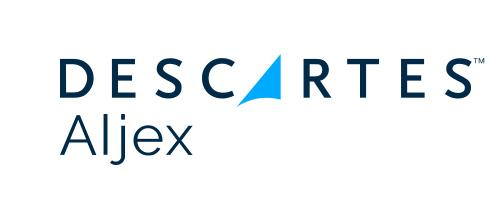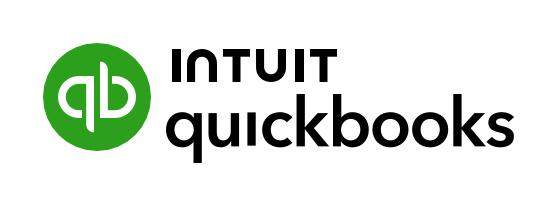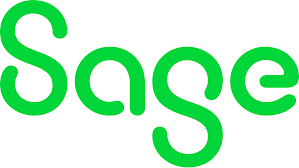General Ledger Automation
Automate reconciliations, journal entries, allocations, and consolidations to ensure accuracy, reduce manual work, and accelerate financial close.
No new systems or retraining – just fully automated workflows that handle provisions, intercompany eliminations, and FX translations directly inside your existing ERP.
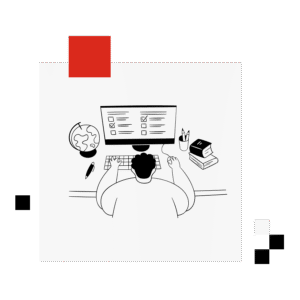
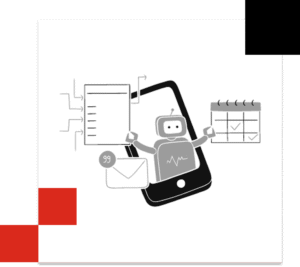
End-to-End, Integrated, and Audit-Ready
General Ledger Automation Solutions
We automate every step of the general ledger process to remove manual effort and ensure accuracy across all entities. From reconciliations to consolidations, VirtuDesk gives finance teams a centralized, intelligent automation engine that keeps the ledger accurate and audit-ready at all times.
The proof is in the numbers
0
New systems to learn – stay in Excel or ERP
50%+
Time saved in reconciliations and ledger adjustments
100%
Audit-ready traceability of every transaction
7
Average ROI
(months)
(months)
What sets us apart?
We don’t replace your ERP – we enhance it. Our automations work directly within systems like SAP, Oracle, NetSuite, Dynamics, or QuickBooks to keep your ledger accurate and audit-ready. No new tools to learn, no workflow disruption – just automation that reconciles accounts, posts recurring journals, allocates shared costs, calculates provisions, eliminates intercompany balances, and manages FX translations in the background.
And we back it with a promise: achieve at least 50% time or cost savings in your general ledger processes – or get 100% of your money back.
And we back it with a promise: achieve at least 50% time or cost savings in your general ledger processes – or get 100% of your money back.
Key Benefits of General Ledger Automation
Eliminate manual reconciliations
Daily bank feeds and auto-matching of payments to invoices remove unreconciled items.
Automate journal entries
Recurring postings for accruals, payroll, and depreciation are handled automatically with reversals where needed.
Simplify allocations
Dynamic, rule-based allocations ensure shared costs are distributed consistently across cost centers and projects.
Strengthen provisions & adjustments
Automated provisions for inventory, warranty, and bad debt improve accuracy and compliance
Automate fixed assets
From capitalization to disposals, asset transactions flow seamlessly into your ledger.
Accelerate the close
Reduce bottlenecks and shorten cycle times with an automated, standardized ledger process.
Automated General Ledger in Practice
We help you
- Integrate with banks for daily automated reconciliations.
- Automate recurring journal entries (payroll, accruals, depreciation).
- Allocate shared costs across cost centers and projects automatically.
- Calculate and post provisions based on operational and financial data.
- Automate intercompany eliminations, recharges, and FX translations.
- Manage fixed asset capitalization, depreciation, and disposals.
- Provide dashboards for reconciliations, pending journals, provisions, and consolidations.
- Maintain a complete audit trail for every action — from reconciliation to posting.

No new ERP. No retraining. No disruption.
Keep working the way you do today, but faster, standardized, and compliant.
Our Expertise
We specialize in automating end-to-end general ledger processes across industries. From reconciliations and provisions to intercompany eliminations and fixed assets, our solutions embed automation directly into your finance systems to deliver:
- Excel-friendly automation: continue preparing data in Excel, while automation integrates with ERP.
- Standardized ledger entries: every posting follows predefined rules and validations.
- Centralized management: all reconciliations, entries, allocations, and provisions tracked in one place.
- Audit-ready transparency: full logs of reconciliations, validations, approvals, and postings.

Schedule a FREE audit of your general ledger process.
Let our experts evaluate your current process and provide you with a personalized, no-cost assessment. Discover how automation can help reduce manual tasks, improve accuracy, and lower processing costs.
Frequently Asked Questions About General Ledger Automation
1What is general ledger automation?
General ledger automation uses technology to automate reconciliations, journal entries, allocations, provisions, and consolidations. Instead of relying on spreadsheets and manual postings, automation integrates directly with your ERP, banks, and HR systems to deliver a clean, accurate, and audit-ready ledger.
2How do we automate general ledger work?
We embed automation into every ledger process:
- Data integration: Direct bank feeds, HR, and ERP data automatically reconciled and posted.
- Journal entries: Recurring entries (payroll, accruals, depreciation) generated automatically with reversals.
- Allocations: Rule-based cost center allocations and splits across projects.
- Provisions: Automated calculations for inventory, warranty, and bad debt.
- Intercompany: Eliminations, recharges, and consolidations with FX translation.
- Fixed assets: Capitalization, depreciation, disposals, and impairments automated from procurement and asset systems.
We do all this without adding a new tool or app to your existing workflow. Our robots work in the background, seamlessly enhancing your ERP.
3What problems does general ledger automation solve?
Automation removes common bottlenecks and inefficiencies that slow down finance teams, including:
- Manual reconciliations and CSV uploads
- Errors in recurring journal postings
- Inconsistent allocations across teams or entities
- Time-consuming provisions and adjustments
- Delays in intercompany and consolidation processes
- Lack of audit-ready traceability
4What are the benefits of automating the general ledger?
Automating the general ledger delivers measurable value across efficiency, compliance, and scalability:
- Faster closes with daily reconciliations and automated postings
- Reduced internal costs through elimination of manual effort
- Consistent, standardized processes across entities
- Stronger compliance with full audit trails
- Scalability as transaction volumes grow
5What companies benefit most from GL automation?
- Multi-entity organizations with high intercompany transactions
- Companies with complex allocations and provisions (manufacturing, healthcare, retail)
- Enterprises managing large fixed asset bases
- Mid-sized companies seeking efficiency and audit readiness without expanding finance headcount
6Does GL automation support audit requirements?
Yes. Every reconciliation, entry, allocation, and adjustment is logged with preparation, validation, approval, and posting steps — providing auditors with full transparency.
7What industries use general ledger automation?
- Manufacturing: Provisions for inventory, intercompany allocations
- Healthcare: Payroll accruals, provisions for patient billing
- Retail & Hospitality: Daily reconciliations, cost allocations across locations
- Financial Services: Intercompany eliminations, FX translations
- Technology & SaaS: Deferred revenue recognition, subscription fee allocations


